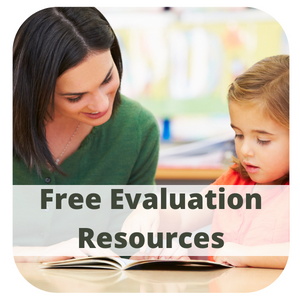Difference or Disorder? Digital E-Book
Original price was: $37.50.$30.00Current price is: $30.00.
Rapidly identify speech-language patterns related to second language acquisition to distinguish difference from disorder.
Determining whether a student’s speech and language patterns result from influences from their native language or whether they are indicative of speech or language impairment is a challenge many educators face. One in every five children in the United States comes from a home in which English is not the primary language.
In this book, we:
- Cover the 12 most common languages and AAE!
- Explain how to analyze two languages
- Compare and contrast phonology
- Share articulation targets for both languages
- Identify common syntactic and morphological differences
- Help to identify appropriate goals
Take a Look:
The framework used to distinguish language differences from language disorders is beneficial for all educators, and the use of this framework will result in improved instructional targets for culturally and linguistically diverse students in the general education classroom, as well as more appropriate referrals for special education evaluations.
Rapidly identify speech-language patterns related to second language acquisition to distinguish difference from disorder. Determining whether a student’s speech and language errors result from influences from their native language or whether they are indicative of speech or language impairment is a challenge many educators face.
Rapidly identify speech-language patterns related to second language acquisition to distinguish difference from disorder.
Determining whether a student’s speech and language patterns result from influences from their native language or whether they are indicative of speech or language impairment is a challenge many educators face. One in every five children in the United States comes from a home in which English is not the primary language.
In this book, we:
- Cover the 12 most common languages and AAE!
- Explain how to analyze two languages
- Compare and contrast phonology
- Share articulation targets for both languages
- Identify common syntactic and morphological differences
- Help to identify appropriate goals
Take a Look:
The framework used to distinguish language differences from language disorders is beneficial for all educators, and the use of this framework will result in improved instructional targets for culturally and linguistically diverse students in the general education classroom, as well as more appropriate referrals for special education evaluations.
Need CEUs?

 Share
Share
 Tweet
Tweet
 LinkedIn
LinkedIn
 Pin
Pin
 Email
Email




